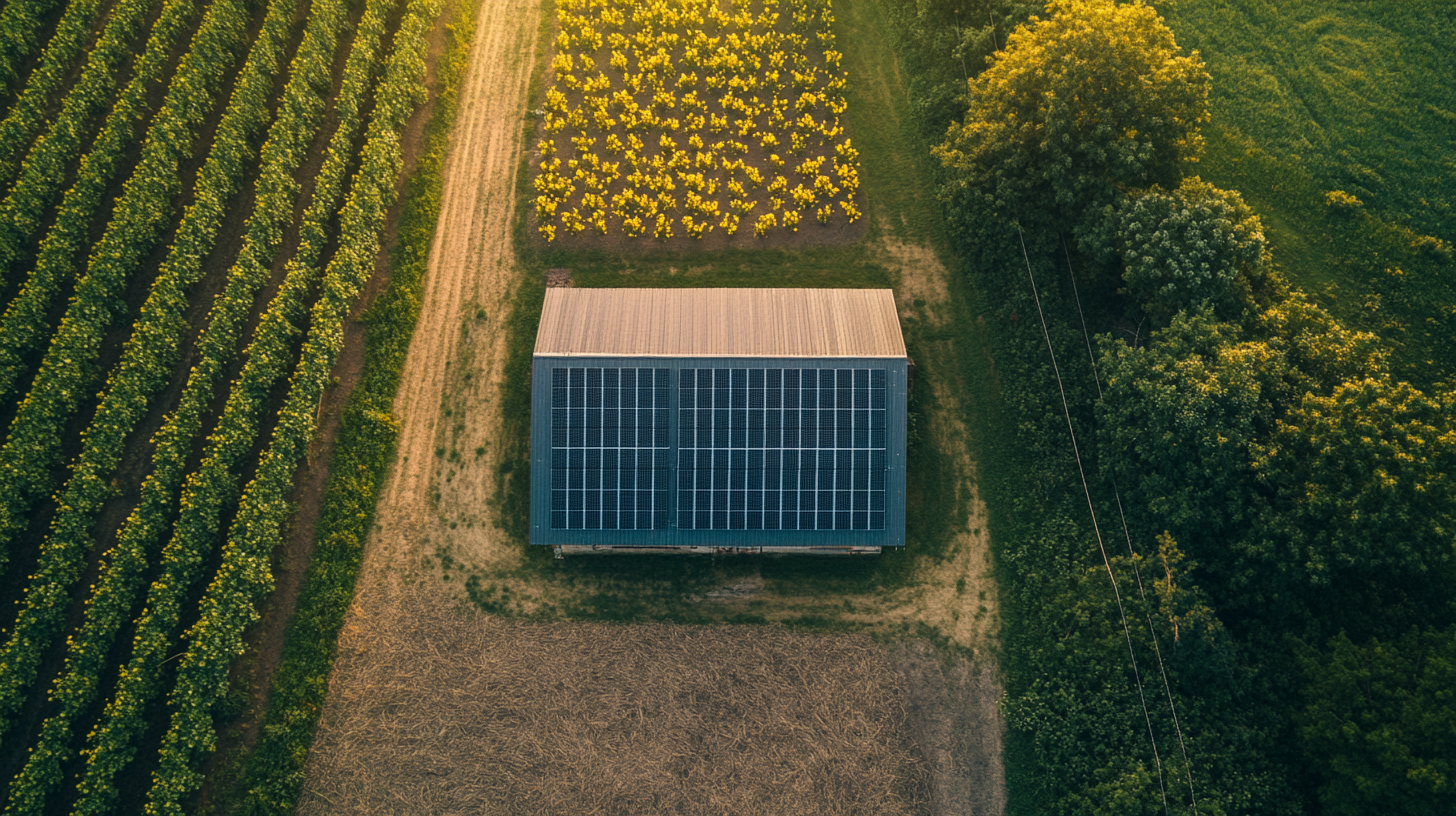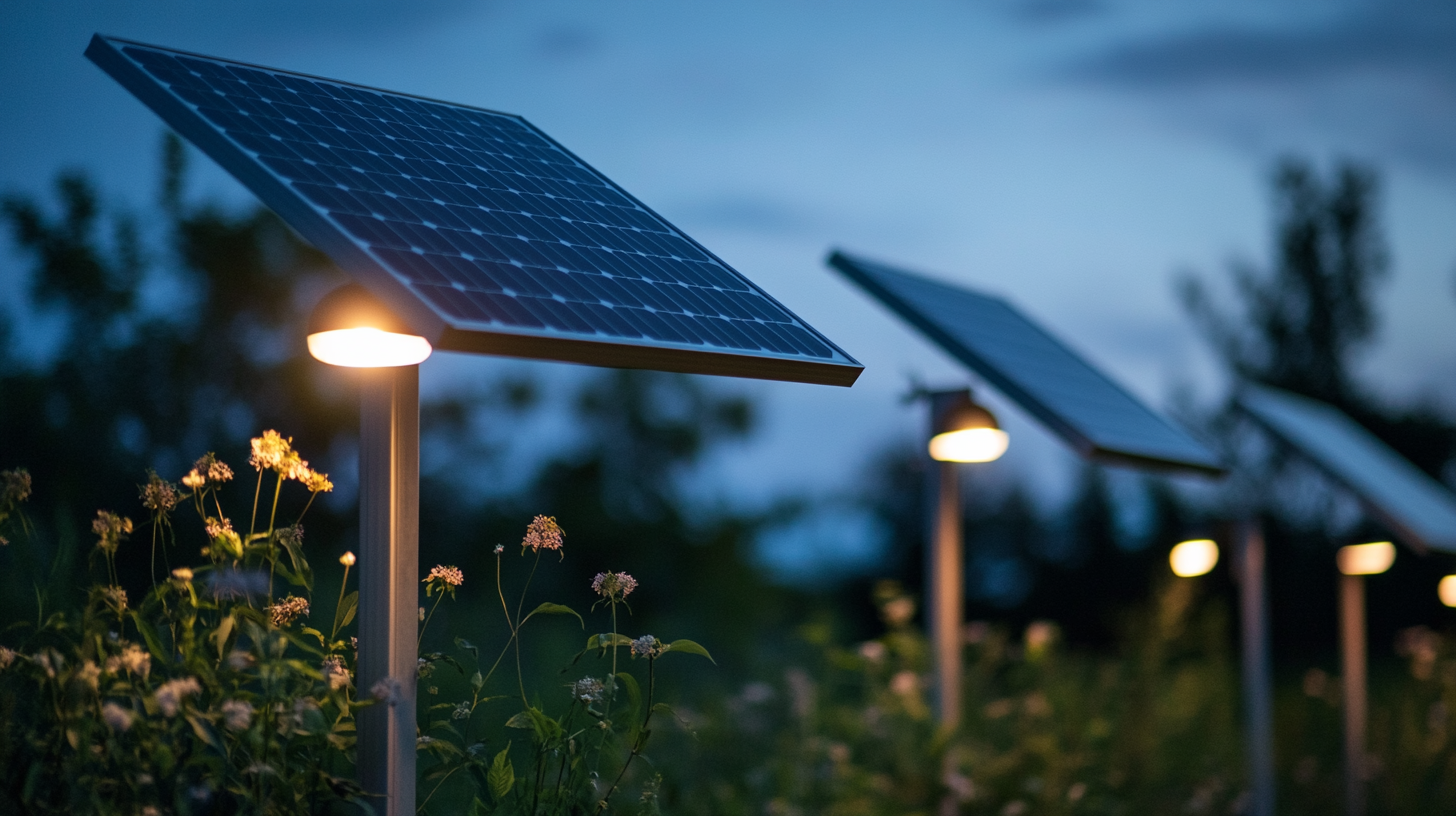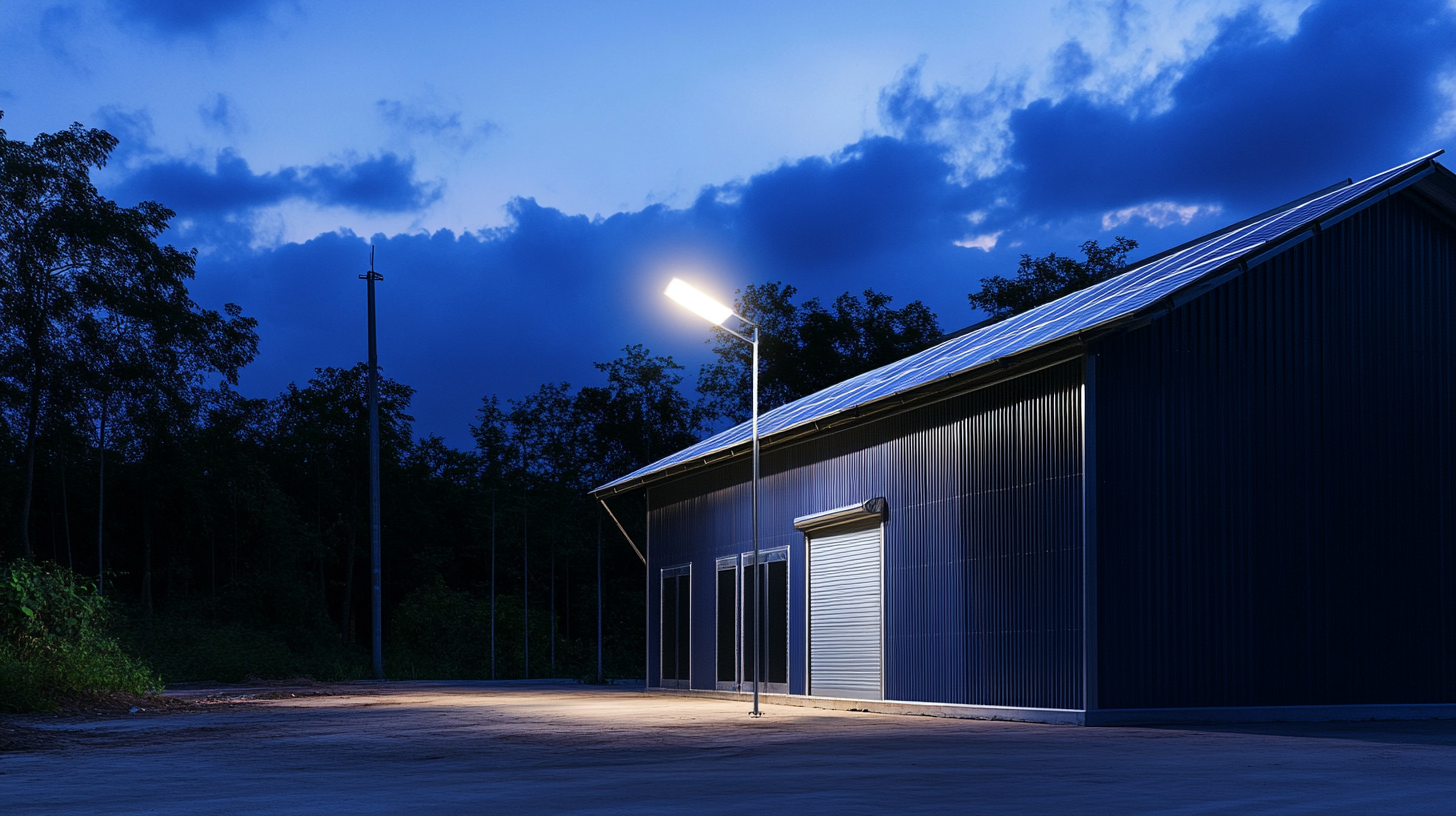Maximize Efficiency with Solar Shed Lights: A Cost-Effective Solution for Global Supply Chain Sustainability
In an era where sustainability has become a pivotal focus for businesses worldwide, the integration of renewable energy solutions into various aspects of operations is more crucial than ever. One such innovative approach is the use of solar shed lights, which offer a cost-effective and environmentally friendly alternative to traditional lighting systems. By harnessing solar energy, these lights not only reduce electricity costs but also contribute to lowering carbon footprints, making them an ideal solution for enhancing efficiency within global supply chains.
As organizations strive to optimize their operations while adhering to sustainability goals, solar shed lights emerge as a practical choice. They provide reliable illumination in remote or outdoor areas, ensuring consistent productivity without the added burden of high energy costs. Moreover, the adoption of solar-powered lighting systems aligns with corporate social responsibility initiatives, showcasing a commitment to greener practices. This blog will explore how solar shed lights can be instrumental in maximizing efficiency and supporting a sustainable supply chain, ultimately benefiting both businesses and the environment.

The Role of Solar Shed Lights in Enhancing Supply Chain Efficiency
In the quest for supply chain efficiency, solar shed lights are emerging as a cost-effective and sustainable solution. These lights harness solar energy, reducing dependency on conventional electricity sources and consequently lowering operational costs. In today's rapidly evolving logistics landscape, where sustainability is paramount, implementing solar shed lights not only enhances energy efficiency but also contributes to the overall greening of supply chains. This aligns with the broader goals of organizations aiming for decarbonization and energy management, as highlighted in advancements across cloud computing and blockchain technologies.
Moreover, as firms strive to navigate the net-zero transition, the integration of solar technologies into logistics operations is increasingly vital. The use of solar shed lights can optimize warehouse and external operations, ensuring goods are efficiently processed and delivered. With innovations such as Schneider Electric's initiatives aimed at empowering organizations to accelerate their decarbonization efforts, the role of solar solutions becomes even more pronounced.
Additionally, as seen with advancements in perovskite solar cells, the push for highly efficient energy management is growing. These developments suggest a future where solar energy plays an integral role not just in powering facilities, but also in enhancing the capabilities of supply chains. By adopting smarter energy solutions like solar shed lights, companies can significantly enhance supply chain efficiency while taking meaningful steps toward their sustainability goals.

Current Trends in Solar Technology Adoption for Logistics Solutions
As the logistics sector continues to grow, the integration of solar technology into supply chain solutions has become increasingly prevalent. Recent insights from the Global Cold Chain Logistics Market indicate that by 2033, the market is expected to reach a staggering USD 1,245.2 billion, fueled by a compound annual growth rate (CAGR) of 14.5%. This robust growth signals an urgent need for sustainable energy solutions that can support the demands of an expanding logistics network, especially in temperature-sensitive deliveries.
The adoption of solar technology within the commercial and industrial (C&I) sector represents a strategic imperative, particularly as organizations seek to reduce their carbon footprints while enhancing operational efficiency. The implementation of solar shed lights for warehouses and distribution centers is a prime example of this trend. These innovative lighting solutions not only cut energy costs but also ensure reliable illumination in remote areas, facilitating a seamless supply chain operation that aligns with sustainability goals.
Furthermore, as highlighted in recent market reports, the renewable energy sector is witnessing a paradigm shift, with companies increasingly prioritizing eco-friendly practices. By leveraging solar energy, logistics providers can significantly boost their energy efficiency, thereby contributing to a more sustainable global supply chain. This convergence of solar technology and logistics not only meets the current demands of the market but also paves the way for future innovations in sustainable supply chain management.

Quantifying Cost Savings: How Solar Shed Lights Reduce Operational Expenses
The use of solar shed lights in supply chain operations presents a transformative opportunity to enhance efficiency and reduce costs. According to a report by the International Renewable Energy Agency (IRENA), utilizing solar energy can lead to up to 70% savings in energy costs over conventional lighting solutions. This is particularly significant for warehouses and distribution centers, where lighting can account for a substantial portion of energy expenditure.
By integrating solar shed lights, companies can capitalize on free energy from the sun, drastically lowering their operational expenses. A study by the U.S. Department of Energy estimates that warehouse operators can save approximately $1,000 annually for every 1,000 square feet of space illuminated with solar technology. This cost-effectiveness is not only beneficial for the bottom line but also supports sustainability goals by reducing reliance on fossil fuels and minimizing carbon footprints.
Moreover, solar shed lights require minimal maintenance and have a longer lifespan compared to traditional lighting options. The average lifespan of LED solar lights can exceed 25,000 hours, leading to further cost savings through reduced replacement needs. The growing adoption of solar technology in logistics and distribution is a critical step toward a more sustainable global supply chain, demonstrating that ecological and economic goals can go hand in hand, ultimately leading to a more resilient business model.

Environmental Impact: Solar Lighting's Contribution to Sustainability Goals
The environmental impact of solar lighting is a significant aspect of advancing global sustainability goals, particularly in the context of supply chain management. With an increasing reliance on renewable energy sources, solar shed lights provide a practical and eco-friendly solution to illuminate warehouses, distribution centers, and outdoor facilities. These lights harness energy from the sun, drastically reducing reliance on fossil fuels and minimizing carbon emissions, which are critical factors in combating climate change.
Implementing solar lighting systems not only lowers energy costs for businesses but also aligns with corporate sustainability initiatives. By transitioning to solar-powered illumination, companies can demonstrate their commitment to environmental responsibility, attracting consumers who prioritize sustainable practices. The reduced need for extensive electrical infrastructure also lessens habitat disruption often caused by traditional wiring methods, further enhancing the eco-friendliness of solar solutions.
Moreover, solar shed lights contribute to operational efficiency by ensuring that products and spaces are well-lit without incurring high electricity costs or complicating maintenance schedules. This improved visibility can enhance safety and productivity in supply chain operations. As businesses strive for sustainability, integrating solar lighting can serve as a pivotal step towards reducing their ecological footprint while supporting a more sustainable global supply chain.
Case Studies: Successful Implementations of Solar Shed Lights in Warehouses
Solar shed lights are becoming an increasingly popular choice in warehouse environments, demonstrating their effectiveness through various successful case studies. One notable example comes from facilities that have implemented solar lighting solutions in conjunction with traditional energy sources. These installations have resulted in significant energy cost savings, with reports indicating that warehouses have cut lighting expenses by as much as 50%, directly contributing to sustainability efforts within the global supply chain.
In a recent initiative, a logistics company transitioned to using solar-powered lighting in their storage facilities. This change not only improved energy efficiency but also enhanced workplace safety. With brighter and more reliable lighting, the incidence of accidents was reduced, showcasing how solar shed lights can contribute to worker welfare while promoting an eco-friendly image. An industry report indicated that companies adopting renewable energy solutions, such as solar lighting, are seeing a return on investment (ROI) of over 200% within five years, aligning perfectly with modern sustainability goals.
Moreover, the case of a food distribution warehouse illustrates the versatility of solar shed lights. After the installation of these lights, the facility achieved a 40% reduction in carbon emissions, as highlighted in an environmental impact study. This case underscores the potential of solar technology to not only support operational effectiveness but also to propel companies towards achieving compliance with stringent environmental regulations. These implementations serve as compelling testimony to the cost-effective and sustainable potential of solar shed lights in the warehousing sector.





